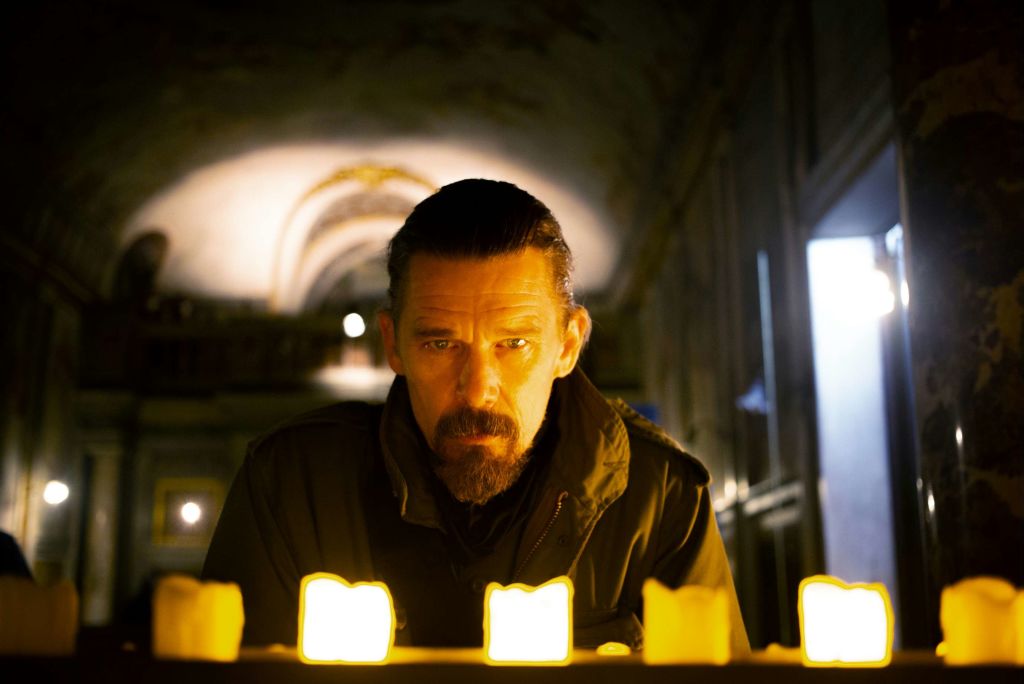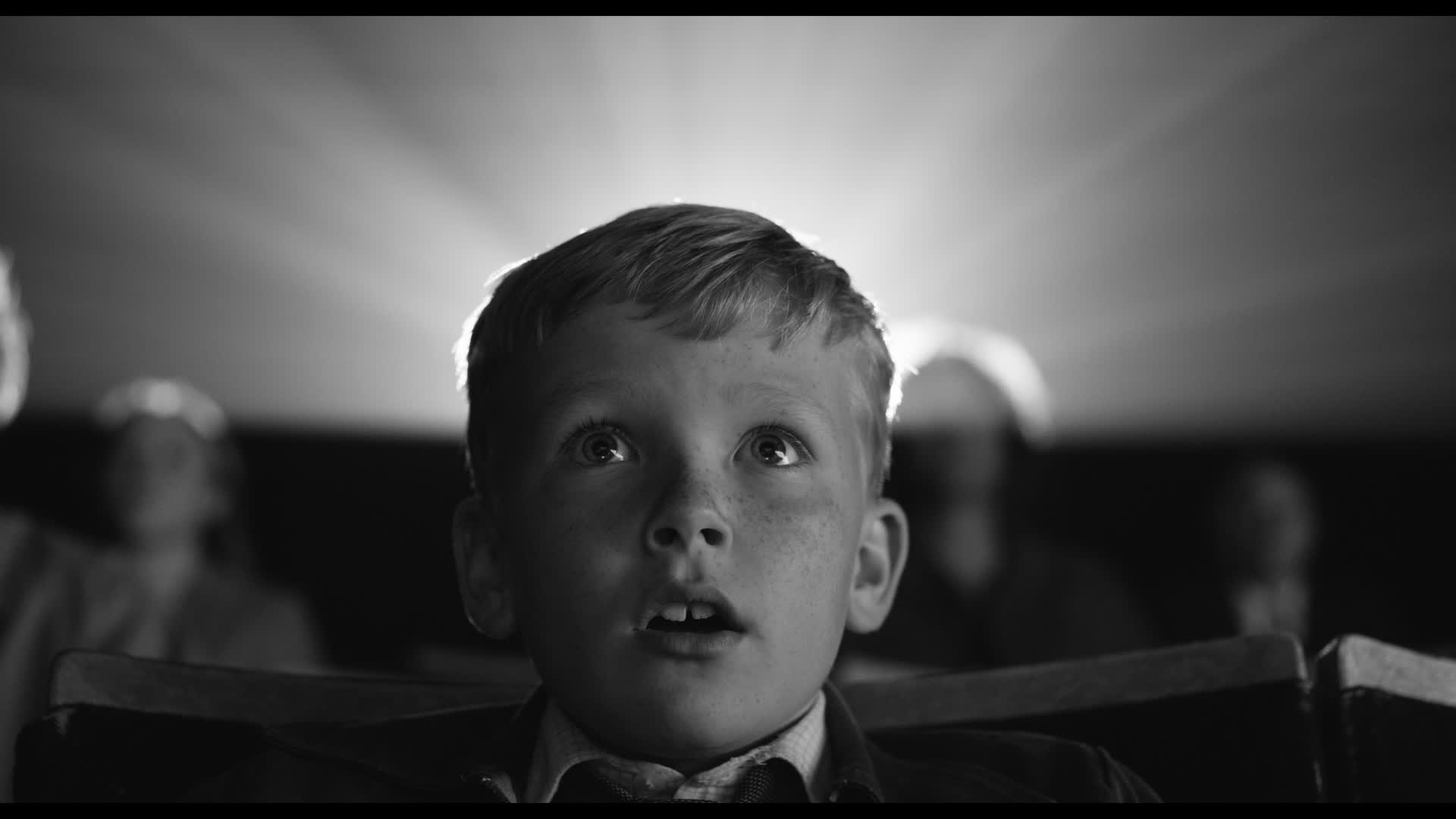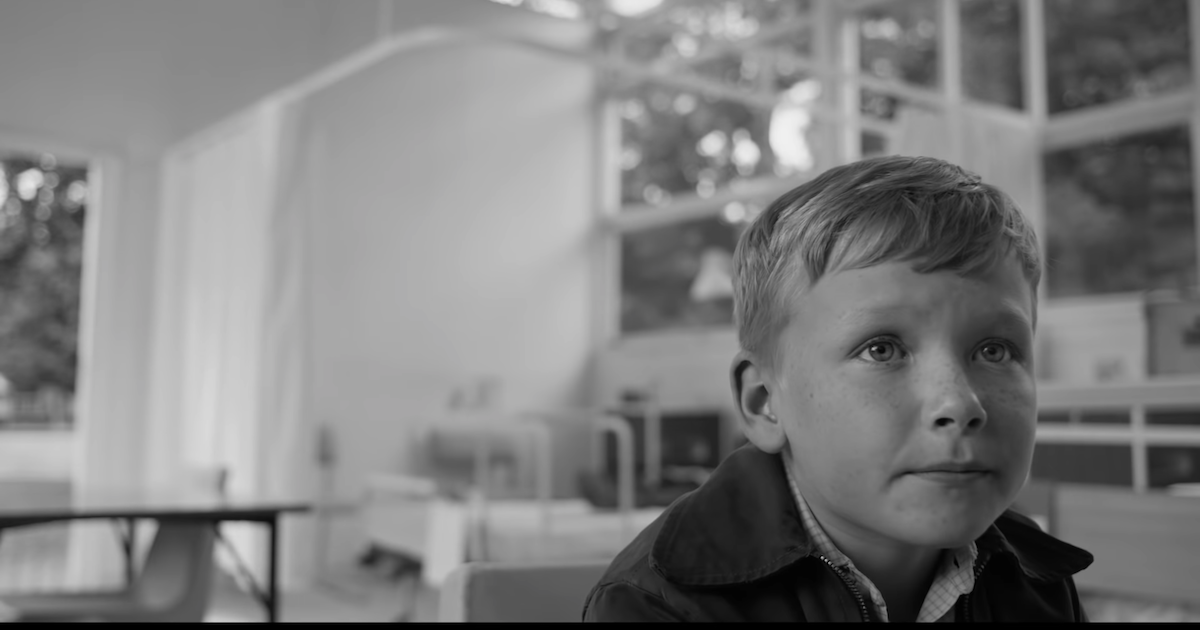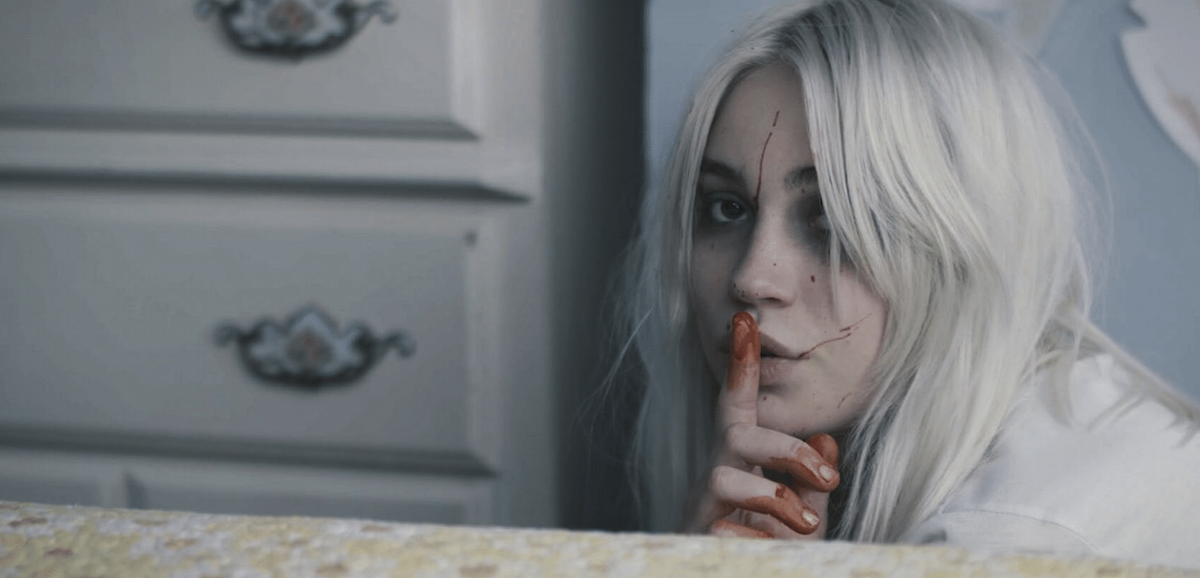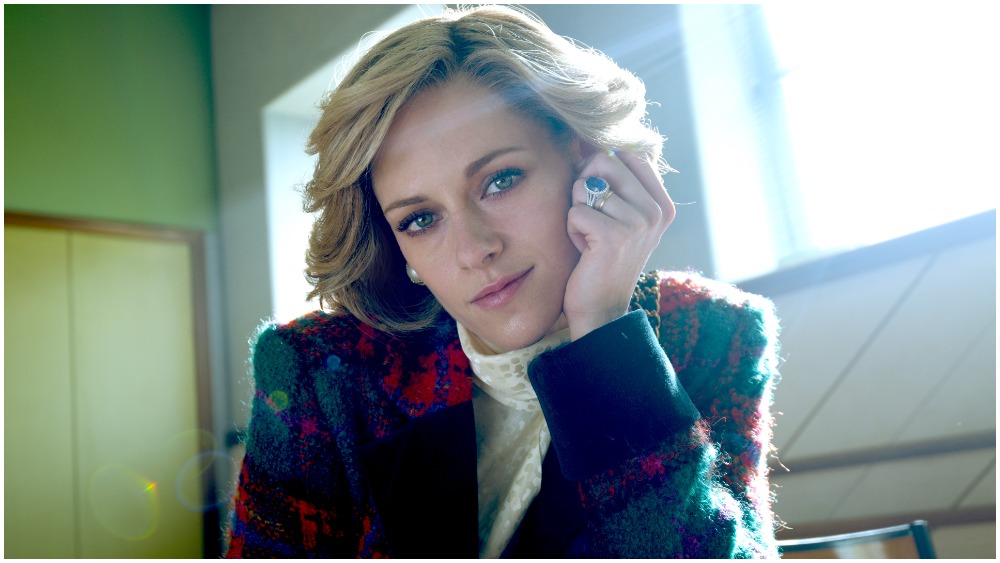Bruised
by Hope Madden
It isn’t exactly Michelle Rosenfarb’s writing you’ll remember after viewing the MMA drama Bruised. The story itself offers a rehash of sports cliches that make the film anything but memorable. Still, there is something about it that sticks.
Part of that is the way director Halle Berry embraces the bleakness beneath the underdog sports story. Berry stars as Jackie Justice, one-time octagon phenom who lost it all and found herself drunk and cleaning toilets post-stardom.
Here’s where Berry — both behind the camera and in front — digs into something we did not get with Rocky Balboa or Maggie Fitzgerald or any of the other earnest, down-on-their-luck prizefighters in cinema. There is no scrappy optimism, no unquenchable ambition, no romantic dream.
And Justice only gets back in the game for the money.
It’s a risky move, giving us a less-than-likable protagonist and still asking for us to root for her, but Berry’s up to the task as a performer. She convinces. Justice is weary, angry, vacant and just one step ahead of all the trauma that made her fighting mad in the first place.
Here, again, is where the writing lets Berry down. Random scenes of exposition are wedged in periodically where none is needed, while other information remains weirdly—though sometimes intriguingly—vague. But certain scenes are brilliant, charged with emotion and brutality, and sometimes tenderness.
Bruised also contains a slew of really strong performances, the most interesting of which is delivered by Sheila Atim as the sage mentor/manager. Adriane Lenox, Adan Canto and Shamier Anderson also shine in supporting turns, as does Danny Boyd Jr., who has the unenviable task of creating a character out of a shameless trope. He manages.
There are workout montages. There are emotional subplots. There is backsliding and heartbreak. It wouldn’t be an underdog sports film without them. But every so often, Berry gives us something raw and surprising. The performance makes you realize her range is wider than we may have expected. The film points out that her talent is greater than expected, too.






